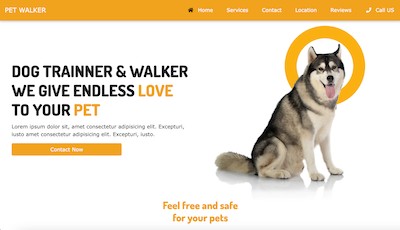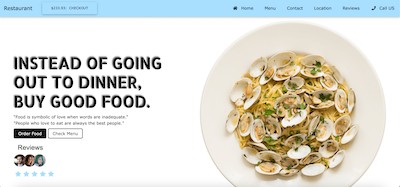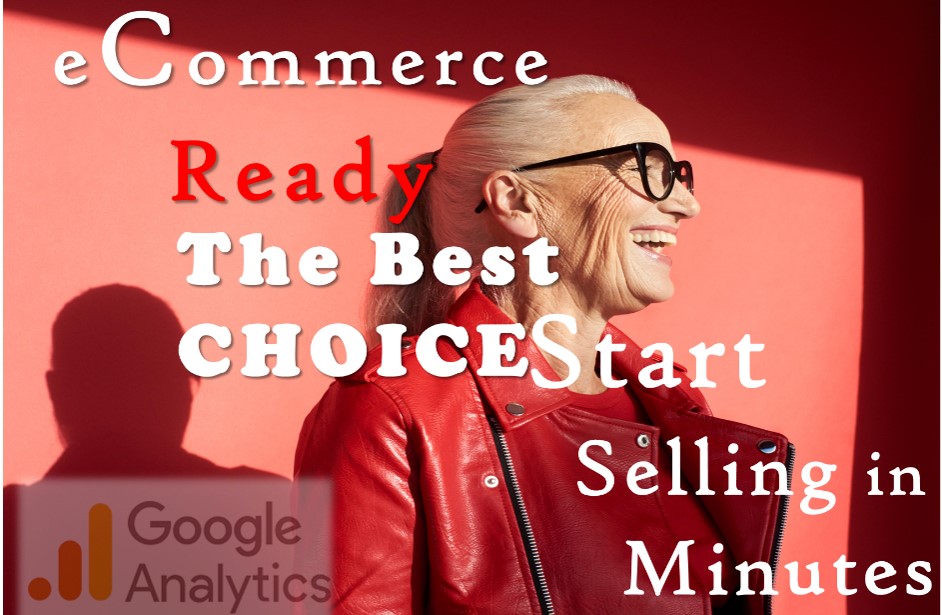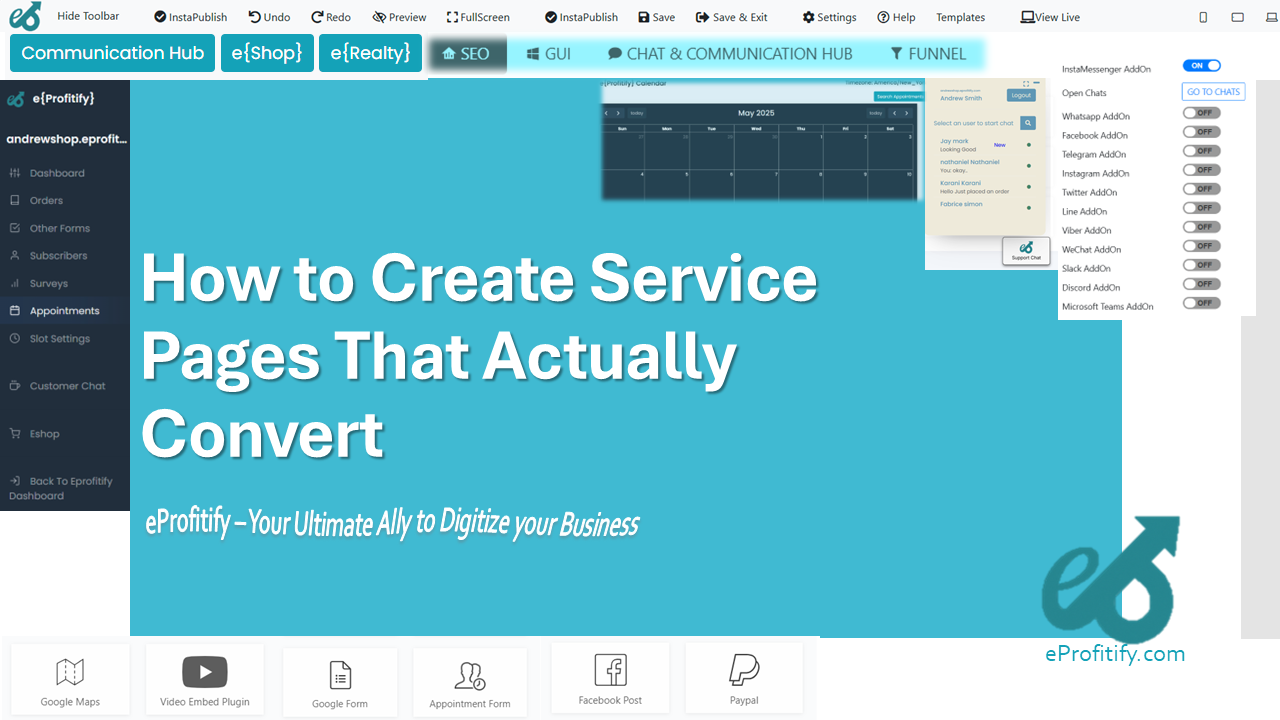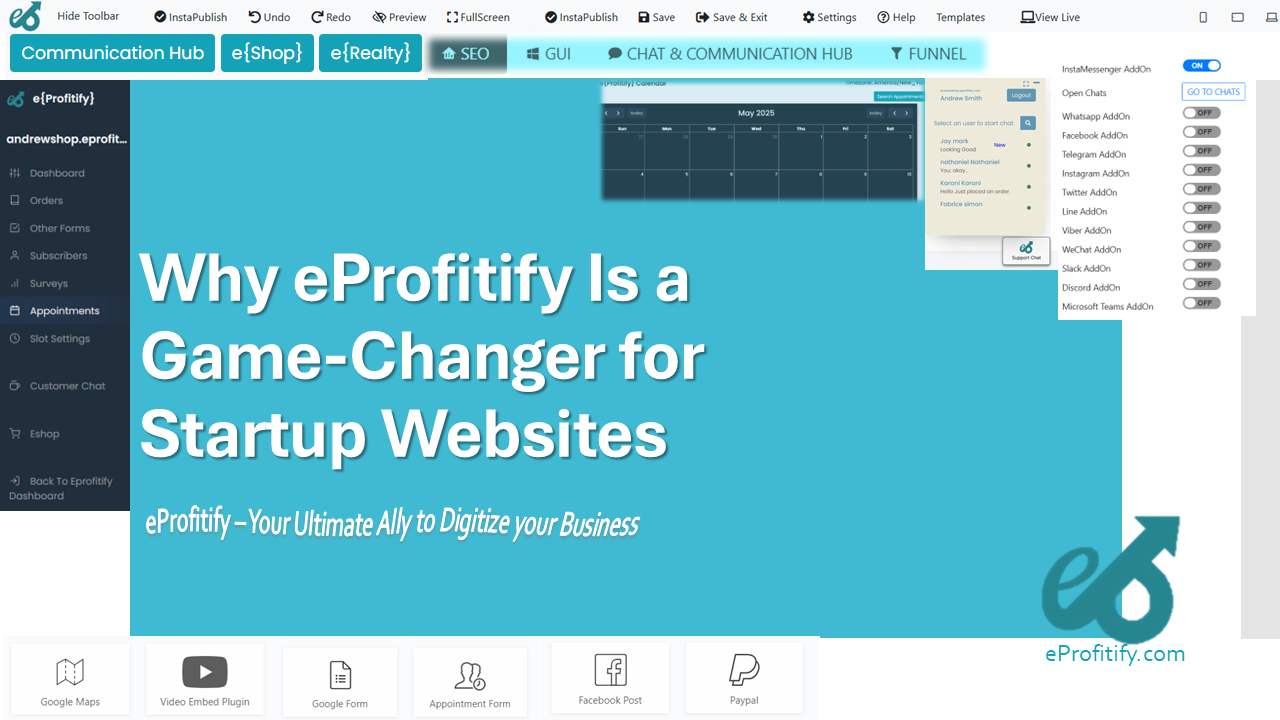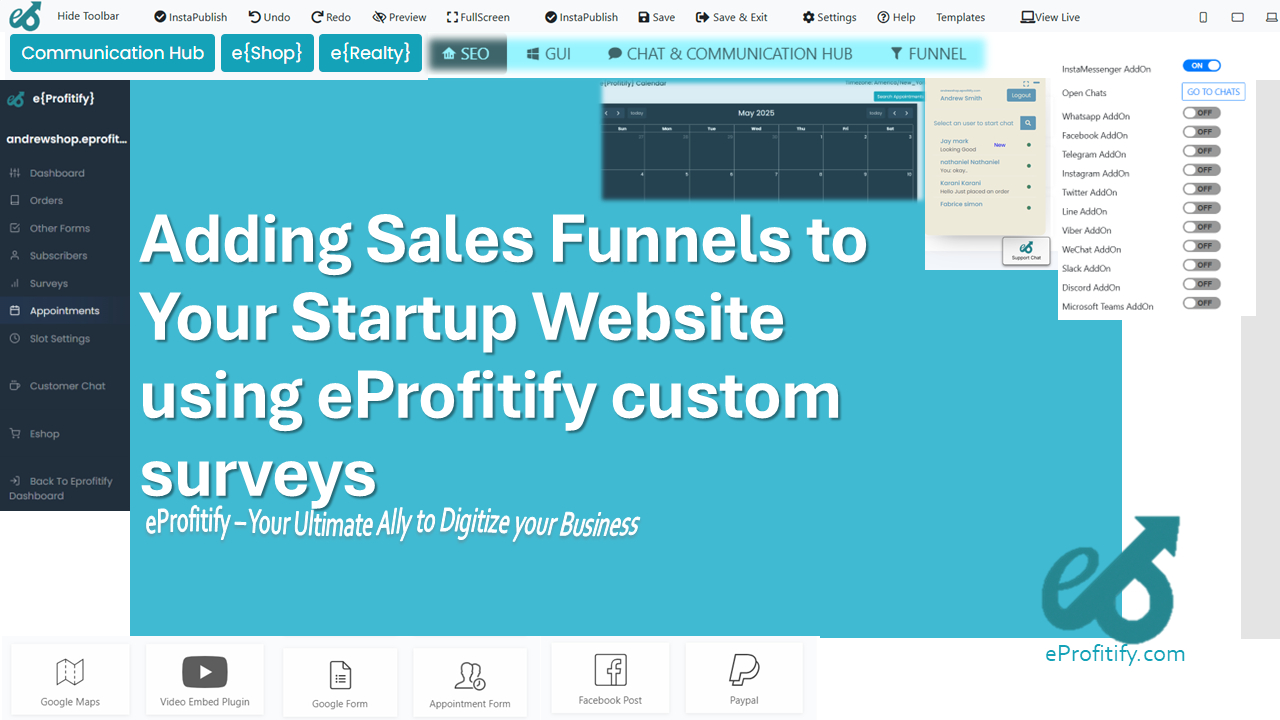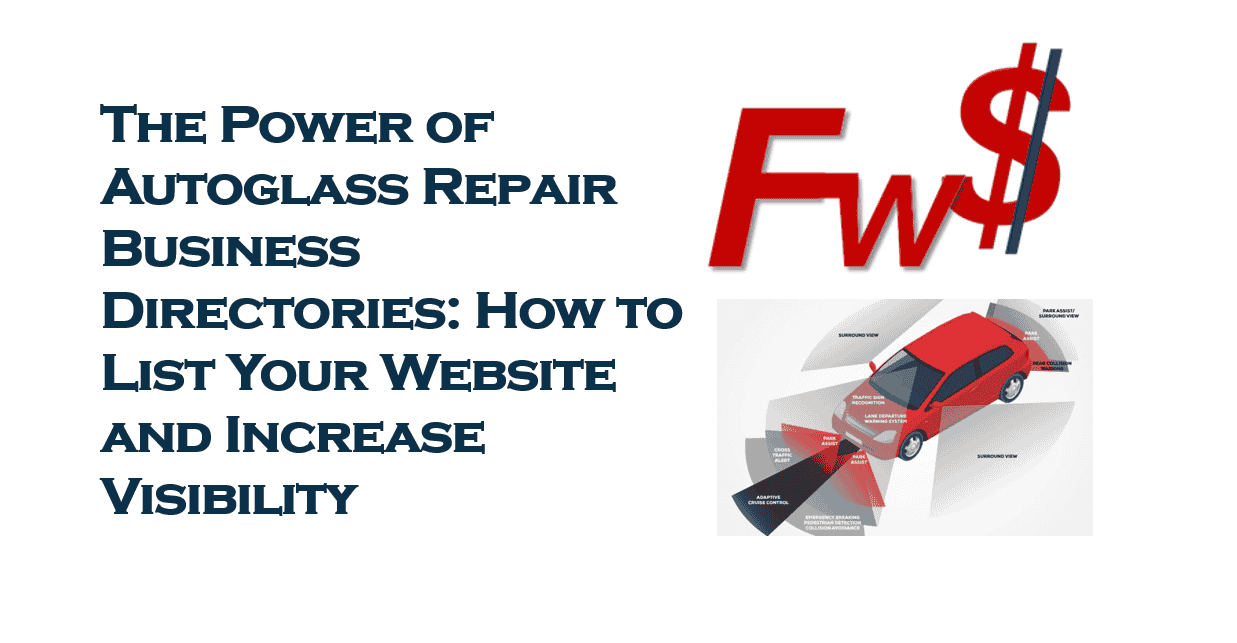How to Use Social Media Advertising to Promote Property Listings
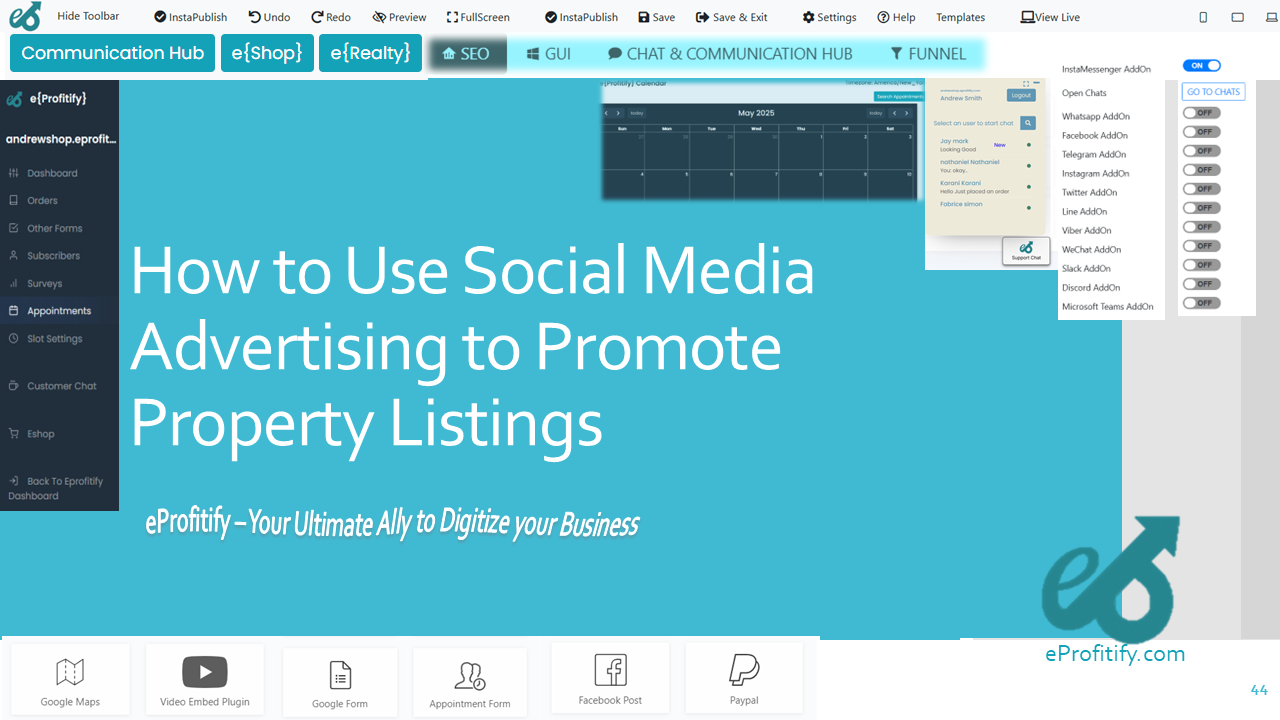
How to Use Social Media Advertising to Promote Property Listings
Introduction
The real estate industry has undergone a digital revolution, with social media becoming a cornerstone for marketing property listings. According to the National Association of Realtors (NAR), 84% of real estate agents use social media to promote properties, and 52% of homebuyers start their search online. Platforms like Facebook, Instagram, and LinkedIn have evolved into powerful tools for reaching buyers and sellers, offering targeted advertising options, visual storytelling, and instant engagement. This guide explores actionable strategies to leverage social media advertising for real estate success, supported by statistics, and highlights how tools like eProfitify—a leading website publishing and management platform—streamline workflows through features such as CRM, instant messaging, and appointment scheduling.
1. Choose the Right Platforms
Not all social media platforms are created equal for real estate marketing. Understanding where your audience spends time is critical:
- Facebook: With over 2.9 billion monthly active users, Facebook remains a top choice. Its advanced targeting options allow agents to reach users by income, location, interests, and life events (e.g., newly engaged couples). Ads here can include photo carousels, videos, and lead generation forms.
- Instagram: Visual-centric Instagram excels for showcasing property aesthetics. Properties listed with professional photos receive 118% more views, and video tours generate 10x more engagement than static posts.
- LinkedIn: Ideal for commercial real estate or luxury listings, LinkedIn ads target professionals by job title, industry, or company size. Over 50 million companies use LinkedIn, making it a hub for B2B outreach.
- TikTok: Rising in popularity, TikTok’s short-form videos can virally highlight unique property features. In 2023, TikTok ads saw a 14% higher click-through rate (CTR) for real estate compared to other industries.
Pro Tip: Use eProfitify’s analytics dashboard to track which platforms drive the most traffic to your listings, enabling data-driven decisions.
2. Create Engaging Content
High-quality content is essential for standing out:
- Visuals: Listings with professional photography sell 32% faster. Use bright, high-resolution images of key areas like kitchens and living rooms.
- Video Tours: Properties with video tours receive 403% more inquiries. Platforms like Instagram Reels and Facebook Live let you host virtual open houses.
- Virtual Staging: Digitally furnished empty rooms can increase buyer interest by 80%.
- Interactive Content: Polls, quizzes, and 360-degree tours boost engagement. For example, Instagram Stories polls asking followers to vote on preferred home styles can personalize interactions.
eProfitify Integration: The platform’s seamless integration with MLS listings and media libraries ensures your content is always up-to-date across social channels.
3. Targeted Advertising Strategies
Paid ads amplify reach and precision:
- Demographic Targeting: Facebook’s algorithm lets you target users based on criteria like age, income, and homeownership status. Ads for luxury properties might focus on users in top income brackets.
- Geofencing: Target ads to users within a specific radius of a listing. This is effective for open houses or new developments.
- Retargeting: Users who visited your website but didn’t convert are 70% more likely to convert after seeing retargeted ads.
Case Study: A real estate agency using geofenced Instagram ads for a downtown condo saw a 45% increase in inquiries within two weeks.
eProfitify’s Role: Its CRM tool segments leads based on interactions, enabling hyper-personalized retargeting campaigns.
4. Leverage Analytics
Optimizing campaigns requires tracking performance:
- A/B Testing: Experiment with ad copy, visuals, and CTAs. For example, testing “Schedule a Tour” vs. “Download Brochure” buttons can reveal higher-converting options.
- Performance Metrics: Monitor CTR, cost per lead (CPL), and conversion rates. On average, Facebook real estate ads have a 1.5% CTR, with a CPL of $2-5.
- Engagement Trends: Track shares and comments to identify popular content.
eProfitify provides real-time analytics, automating reports on ad spend ROI and lead generation efficiency.
5. Integrate Tools Like eProfitify
Streamlining operations is key to scaling efforts. eProfitify offers:
- Instant Messaging: Engage leads in real time via integrated chatbots, reducing response time from hours to seconds.
- Appointment Management: Sync viewing schedules with Google Calendar, eliminating double bookings.
- Ecommerce: Process deposits or rental agreements securely through the platform.
- CRM: Centralize lead data, track interactions, and automate follow-ups.
Agents using eProfitify report a 30% reduction in administrative tasks, freeing time for client engagement.
6. Build Relationships Through Engagement
Social media is not just broadcasting—it’s about building trust:
- Respond Promptly: 78% of buyers expect a response within an hour. Use eProfitify’s chat tools to maintain quick communication.
- User-Generated Content (UGC): Encourage clients to share moving-in stories or renovation journeys. UGC builds authenticity and can boost conversions by 29%.
- Educational Content: Post market trends or home-buying tips. LinkedIn articles on “First-Time Buyer Mistakes” position you as an expert.
Conclusion
Social media advertising transforms how properties are marketed, offering unparalleled reach and precision. By combining data-driven strategies with tools like eProfitify, agents streamline lead management, enhance client communication, and close deals faster. With 89% of buyers relying on online research, mastering social media isn’t just an option—it’s essential for staying competitive.
Final Stat: Agencies leveraging integrated tools like eProfitify see a 50% faster sales cycle due to automated workflows and improved client engagement.
Embrace these tactics to turn social media into a powerhouse for your real estate success.
